June 05, 2020
By: Chris G3YHF
Category: Club
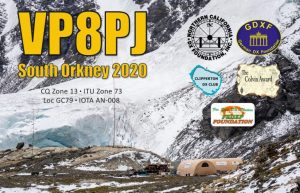 Tim MØURX is QSL manager for some major DXpeditions as well as being a Wythall Radio Club member. Here is his inside story of the QSL manager’s life for the recent VP8PJ expedition to Signy Island in Antarctica….
Tim MØURX is QSL manager for some major DXpeditions as well as being a Wythall Radio Club member. Here is his inside story of the QSL manager’s life for the recent VP8PJ expedition to Signy Island in Antarctica….
The recent DXpedition to South Orkney Islands VP8PJ took the QSL work here at United Radio QSL Management Bureau to a new level.
I have had the pleasure of working with the Perseverance DX Group since their activation to Mellish Reef VK9MT in 2014. So I was delighted to be asked to be involved with the VP8PJ DXpedition.
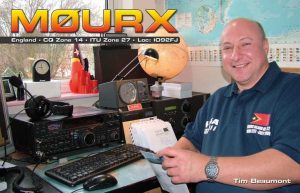 As always, the project starts with a conference call with the team about 18 months before the DXpedition to explain what is expected of me and what I expect from the team. A verbal agreement on all points is noted and is followed up by a contract agreed by email.
As always, the project starts with a conference call with the team about 18 months before the DXpedition to explain what is expected of me and what I expect from the team. A verbal agreement on all points is noted and is followed up by a contract agreed by email.
For me there are two parts of this expedition that required a lot of work.
Prior to the expedition I need to make sure that the features and tools on OQRS (Online QSL Request System) were all set up correctly and working.
An important part of this relates to the team’s donors. VP8PJ had donations from 1,500 supporters and they wanted these supporters to get something back through immediate LoTW uploads and free QSL cards for those donating upwards of $50 to the expedition funds.
This requirement alone needs a tool that I call “Donor management from Excel”. This feature saves me a huge amount of time. The Excel file uploads to OQRS and populates the QSL requirements to the log including mailing address labels. It also queues the QSOs to LoTW (Logbook of the World) for those donors lucky enough to be in the log.
The main work for me is from when the DXpedition started in late February through to March.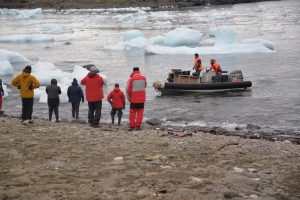
It had been planned to make live log uploads from the DXpedition on site. Sadly, the path to the satellite – of which they only could see the southern-most footprint – was just 8 degrees above the horizon. As the site on Signy Island was mountainous to the north it blocked the path to the satellite.
This meant that getting any log update from the team proved really difficult. It involved a tricky Zodiac boat ride (photo right) from the site to the MV Braveheart (the white vessel in photo below) anchored in safe waters. Then the Braveheart had to move away from the island so that the team could access the satellite and send me the log.
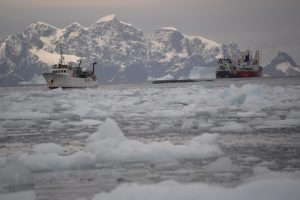 This process proved too complicated given the conditions, so we decided to upload the whole log at the end of the DXpedition.
This process proved too complicated given the conditions, so we decided to upload the whole log at the end of the DXpedition.
When we did get the final log update there were tens of thousands of log checks being raised and the strain on the OQRS was quite immense, but after a few hours it settled down and the QSL requests started pouring in. During March I had dealt with 800 busted / missing call inquiries on my OQRS and dealt with a further 400 emails.
Although most of the emails were straight forward there were a few emails that tested my patience with some people being rather rude and ignorant, but we got through it!
In April it was time to turn to the QSL design and further conference calls to talk it through and to decide on how the team wanted the card to look – a theme, a font style and the very important placement of the foundation and corporate logos. 
It was these organisations that dug deep to help pay for the serious $330,000 cost of this expedition so getting everyone represented on the design was crucial. After a couple of weeks Max ON5UR had finalised the QSL design and this was then sent to the print room.
While the designs were being printed, I printed out both sets of labels, one for the 4,700 addresses and another set of 6,000 labels for the QSOs. Up to 7 QSOs per label. I had previously ordered 5,000 envelopes and overprinted the postage paid imprint back in February. So putting the labels on the envelopes was quite a huge job and then to keep them all in call sign order.
 On the 11th May the QSL cards arrived from Belgium in 3 huge 35kg boxes. With lock down it meant that I had to do this on my own which gave me some concern as I also have a full time job to do! So every hour while I wasn’t working or sleeping I was sticking the 6,000 labels on the cards and then stuffing all the envelopes.
On the 11th May the QSL cards arrived from Belgium in 3 huge 35kg boxes. With lock down it meant that I had to do this on my own which gave me some concern as I also have a full time job to do! So every hour while I wasn’t working or sleeping I was sticking the 6,000 labels on the cards and then stuffing all the envelopes.
Finally I had 4,715 letters ready to post… So maybe now i can relax knowing that the job is done!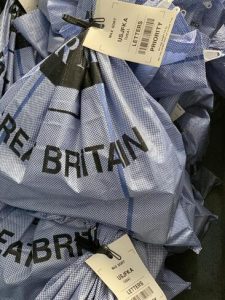
Already the team have announced their next project New Zealand Sub Antarctic Islands DXpedition (OC-037).
See more photos of VP8PJ DXpedition here
November 12, 2022
By: Chris G3YHF
Category: Club, Fun, News
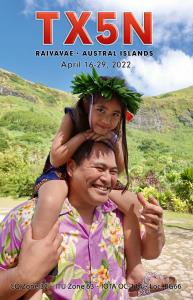 TX5N – where’s that?
TX5N – where’s that?
It’s the remote Austral Islands in the Pacific Ocean, activated by the Perseverance DX Group earlier this year.
And it’s kept Wythall Radio Club member Tim M0URX of United Radio QSL Bureau busy processing QSLs for their 50,000 plus QSOs.
This is the same group that activated VP8PJ, South Orkney Island in Antarctica earlier this year, for which Tim also supplied QSL management.
There’s a nice write-up about the TX5N DXpedition and Tim’s role in November 2022 QST – the ARRL magazine.
June 17, 2021
By: Chris G3YHF
Category: Club, Fun, News
I started the QSL bureau way back in 1993 long before I was even licenced. It was only in 2007 however that with the “internet of things” I was able to form a network of UK QSL managers to work together to bring down the postal costs for everyone, not just here in the UK but worldwide.

Working together we were able to use one mailing account where we pooled our mailings to get the very best shipping prices worldwide. This is especially beneficial for DX-peditions, where they might post 5,000 letters in one mailing.
A look back at what we have done, what has been achieved and where we go after covid-19. In 2010 I set up an outgoing QSL Bureau here which has since shipped over 300,000 Bureau cards worldwide (
photo shows some of the outgoing QSL cards mailing for VP8PJ dxpedition).

Also in 2010, I looked into the feasibility of designing an online QSL management tools OQRS specifically for DX-peditions and rare DX and to reduce the workload and labour needed by the QSL manager to process all the work.
It was 2013 before we found the right partners to do that. It was impossible to find a volunteer as we were looking for someone to design from scratch an Online QSL Request System with very bespoke requirements – which required 1,000 hours of coding / programming. Umm, who on earth would volunteer? Nobody did!
So with a working partnership of HA5AO Pista, K5GS Gene and later joined by M0OXO Charles, we found an IT company in Asia that was keen to take on the work and at a favourable labour costs. Lots of flow charts were sent to design the new tools that we needed.
It was 2015 before it was ready to be used on the first major DX-pedition with
TX3X Chesterfield Islands. It worked extremely well considering it was designed with just flow charts. In 2016 the OQRS was now ready to be installed and as a Bespoke OQRS for my QSL management and also for my work partner Charles M0OXO.
Since 2016 new features and tools have been coded every year as DX-peditions have more specific requirements, and also DX’ers require faster and personal LoTW uploads, so a log inquiry form which cuts down on unwanted emails was installed and lots more.
Covid-19 has for my work devasted the work flow here. The worldwide travel bans had the effect of cancelling all the DX-peditions planned since March 2020.

But worse than that was the lack of air freight capacity between all countries of the world which means that cost have sky rocketed, for example a 20 kg parcel to JAPAN ARRL QSL Bureau which cost £50 pre covid is now about £150.
2022 was to be the year things improved as we had two major DX-peditions where Charles and I were to be QSL managers. But again, events in New Zealand have again hit us hard.
The MV Braveheart vessel (seen here at Kermadec Island) which carries DX-pedition team to the Southern Ocean / Antarctic areas ran into financial difficulties last year and was sold, and two more DX-peditions cancelled.
The MV Braveheart has been a major player for DX-peditions for over 20 years, and will be dearly missed by the DX fraternity.
On a positive note, a DX-pedition team going to Svalbard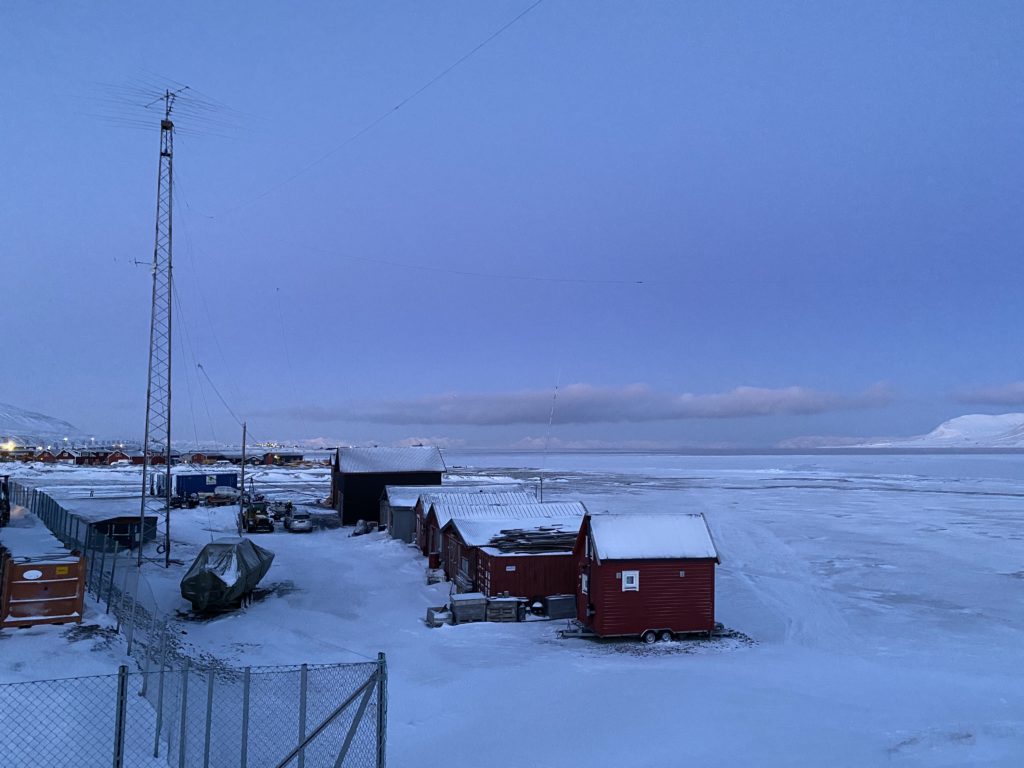 JW0X, early next year is still on (photo shows Svalbard club station). They will be dedicated to satellite operating which apparently is a first from Svalbard as far as DX-peditions are concerned.
JW0X, early next year is still on (photo shows Svalbard club station). They will be dedicated to satellite operating which apparently is a first from Svalbard as far as DX-peditions are concerned.
This meant that the OQRS has had to be adapted to SAT QSL confirmation which gave the developer another 35 hours work to update the programming. We are now testing that update live and I think it is good to go!
August 11, 2020
By: Chris G3YHF
Category: Club, Fun, News, Training
Join the world-wide amateur radio community with our FREE successful online course!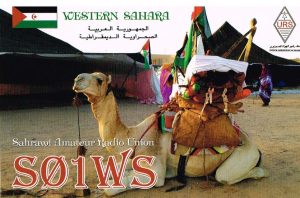
If you, or anyone you know, is looking to get into amateur radio then the Wythall Radio Club Online Foundation course could be just what you are looking for.
With amateur radio, you could be chatting to someone in the next street – or another continent!
With the need for practical assessments currently suspended due to the Coronavirus, together with the RSGB’s ability to offer remotely invigilated online examinations which candidates can do in their own home, we can take students from anywhere in the country.
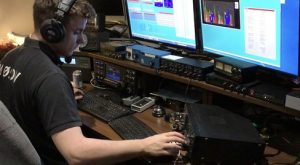 Our courses are done through a Virtual Learning Experience called Edmodo and comprise a number of video lessons (via YouTube) plus lesson notes and lesson quizzes and other supporting information.
Our courses are done through a Virtual Learning Experience called Edmodo and comprise a number of video lessons (via YouTube) plus lesson notes and lesson quizzes and other supporting information.
We mark the quizzes and provide individual feedback. As a consequence, we limit our courses to a maximum of 20 students.
There is no charge for doing the course. You will need to book and pay for your examination direct with the RSGB through the exam booking website. You can also purchase the course book “The Foundation Licence Manual” through the RSGB online shop.
 You also do not have to be a member of Wythall Radio Club to do this course although many of our Midlands based
You also do not have to be a member of Wythall Radio Club to do this course although many of our Midlands based 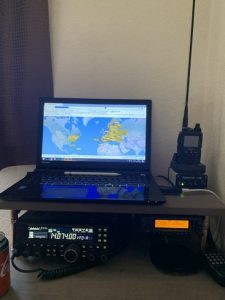 student do join us.
student do join us.
We will probably start this course in early September and it will run for 7 weeks. If interested please contact our Training Coordinator, Chris G0EYO on g0eyo@blueyonder.co.uk “
 Tim MØURX is QSL manager for some major DXpeditions as well as being a Wythall Radio Club member. Here is his inside story of the QSL manager’s life for the recent VP8PJ expedition to Signy Island in Antarctica….
Tim MØURX is QSL manager for some major DXpeditions as well as being a Wythall Radio Club member. Here is his inside story of the QSL manager’s life for the recent VP8PJ expedition to Signy Island in Antarctica…. As always, the project starts with a conference call with the team about 18 months before the DXpedition to explain what is expected of me and what I expect from the team. A verbal agreement on all points is noted and is followed up by a contract agreed by email.
As always, the project starts with a conference call with the team about 18 months before the DXpedition to explain what is expected of me and what I expect from the team. A verbal agreement on all points is noted and is followed up by a contract agreed by email. 
 This process proved too complicated given the conditions, so we decided to upload the whole log at the end of the DXpedition.
This process proved too complicated given the conditions, so we decided to upload the whole log at the end of the DXpedition. 
 On the 11th May the QSL cards arrived from Belgium in 3 huge 35kg boxes. With lock down it meant that I had to do this on my own which gave me some concern as I also have a full time job to do! So every hour while I wasn’t working or sleeping I was sticking the 6,000 labels on the cards and then stuffing all the envelopes.
On the 11th May the QSL cards arrived from Belgium in 3 huge 35kg boxes. With lock down it meant that I had to do this on my own which gave me some concern as I also have a full time job to do! So every hour while I wasn’t working or sleeping I was sticking the 6,000 labels on the cards and then stuffing all the envelopes.


 TX5N – where’s that?
TX5N – where’s that?

 JW0X
JW0X
 Our courses are done through a Virtual Learning Experience called Edmodo and comprise a number of video lessons (via YouTube) plus lesson notes and lesson quizzes and other supporting information.
Our courses are done through a Virtual Learning Experience called Edmodo and comprise a number of video lessons (via YouTube) plus lesson notes and lesson quizzes and other supporting information. student do join us.
student do join us.